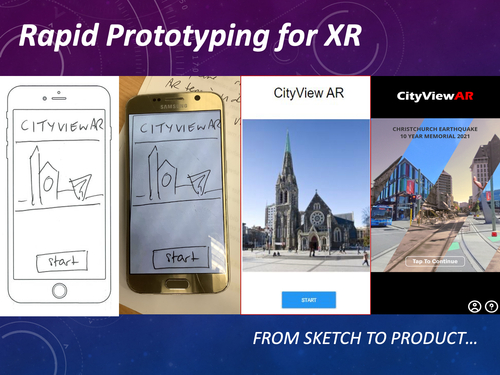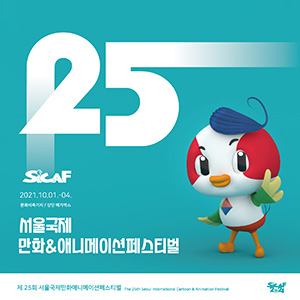Rapid Prototyping for XR [Half-Day Course]
-
 Full Access
Full Access
-
 Virtual Full Access
Virtual Full Access
Date/Time: 06 – 17 December 2021
All presentations are available in the virtual platform on-demand.
Lecturer(s):
Michael Nebeling, University of Michigan, United States of America
Michael Nebeling is an Assistant Professor at the University of Michigan School of Information, where he directs the Information Interaction Lab (https://mi2lab.com). He earned his PhD in 2012 from ETH Zurich and his current research contributes new techniques, tools, and technologies to make AR/VR interface development easier and faster. He regularly serves on the program committees of the ACM CHI and UIST conferences. He is the papers co-chair of UIST 2021. He has been teaching AR/VR focused courses for the past 5 years. He taught a similar AR/VR prototyping course at CHI 2019.
Description: Augmented Reality (AR), Virtual Reality (VR) and Extended Reality (XR) technologies have been developed and studied in research for over 60 years, but it is only recently that they are becoming more readily available. However, until recently, creating AR and VR applications required strong programming skills. This is often an obstacle to people wanting to create novel and intuitive AR/VR user experiences. In this course, participants will learn how to use a wide array of non-programming tools for rapid prototyping of AR/VR experiences. These will range from physical prototyping tools including paper templates for sketching out AR/VR experiences in 360 degrees around the user, to web-based drag-and-drop applications with rapid previews on AR/VR devices, to immersive authoring tools which can be used for creating 3D interface mockups from within AR or VR, and others. Prototyping methods for a variety of different AR/VR display devices will also be covered, including hand-held devices, head-mounted displays, and projection-based systems. The course has two major learning outcomes. First, participants will be introduced to a comprehensive set of methods for both physical and digital prototyping. Second, participants will learn about different types of tools, their requirements in terms of technical skills, and their supported level of fidelity. The course is targeted at non-technical audiences including HCI practitioners, user experience researchers, and interaction design professionals and students interested in AR/VR design. There is no programming knowledge or experience required, and no prior knowledge of AR/VR systems, only a desire to learn how to rapidly design AR/VR/XR experiences.





